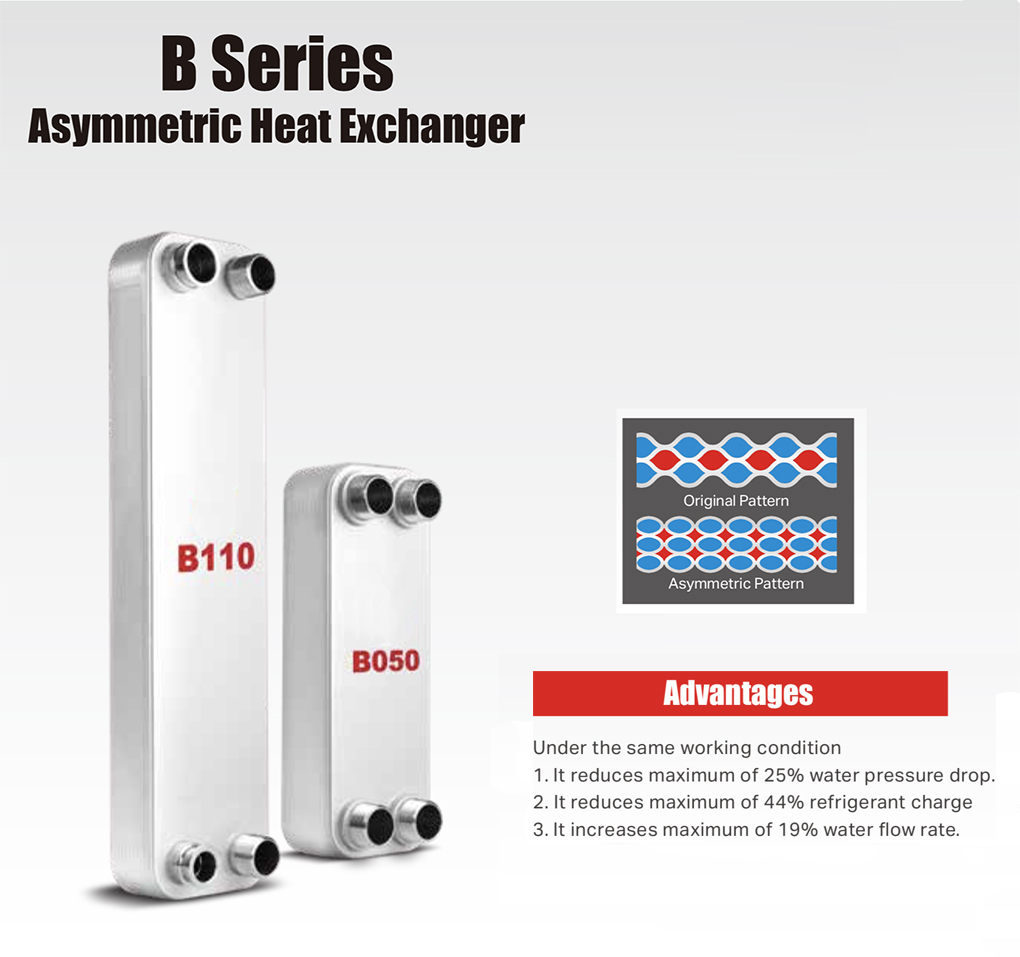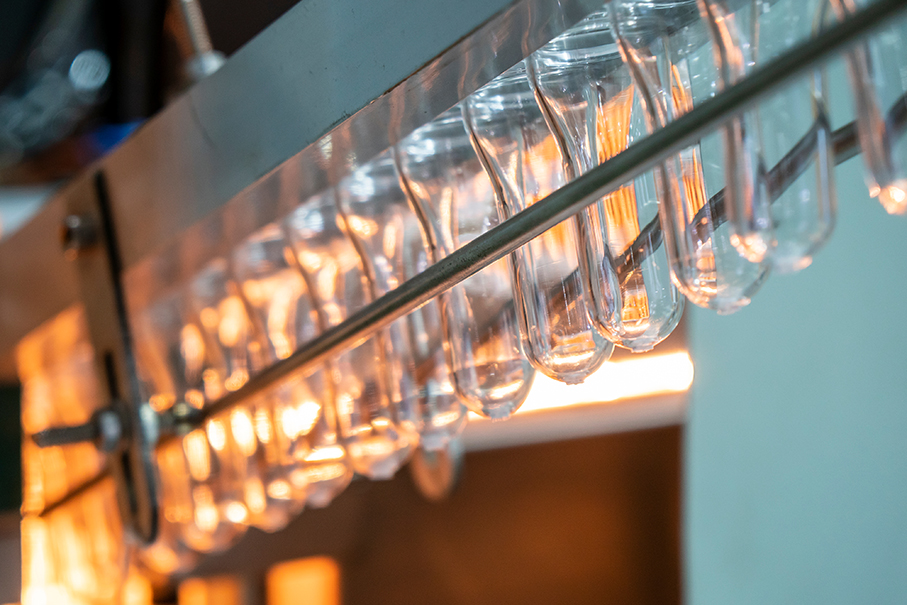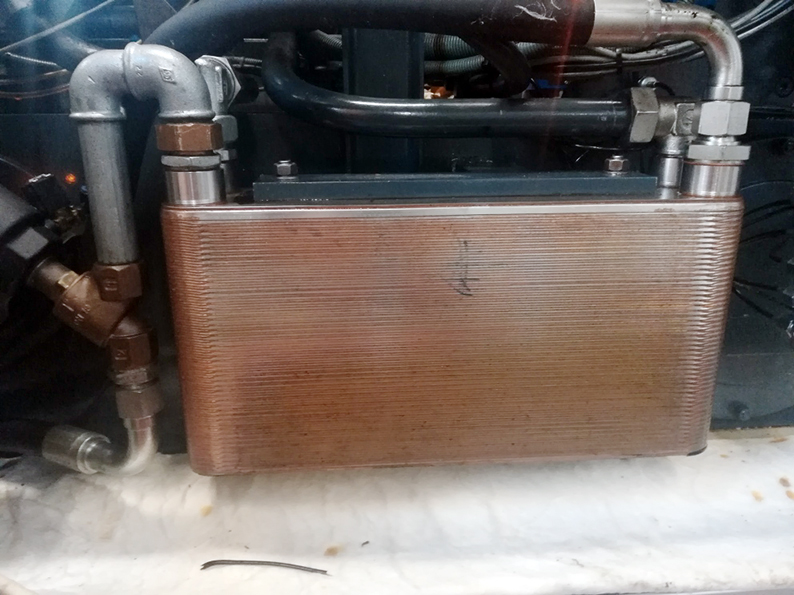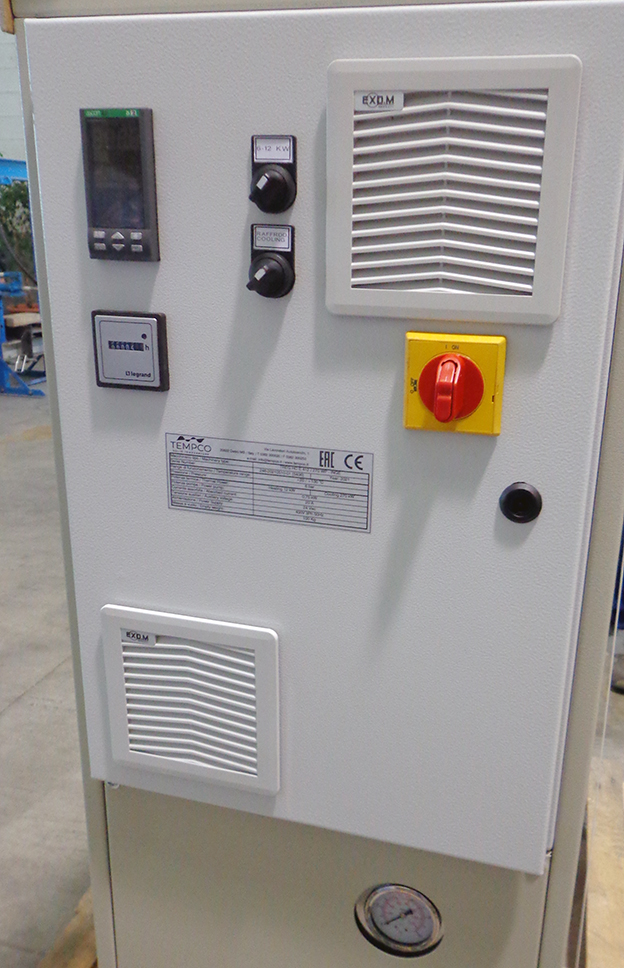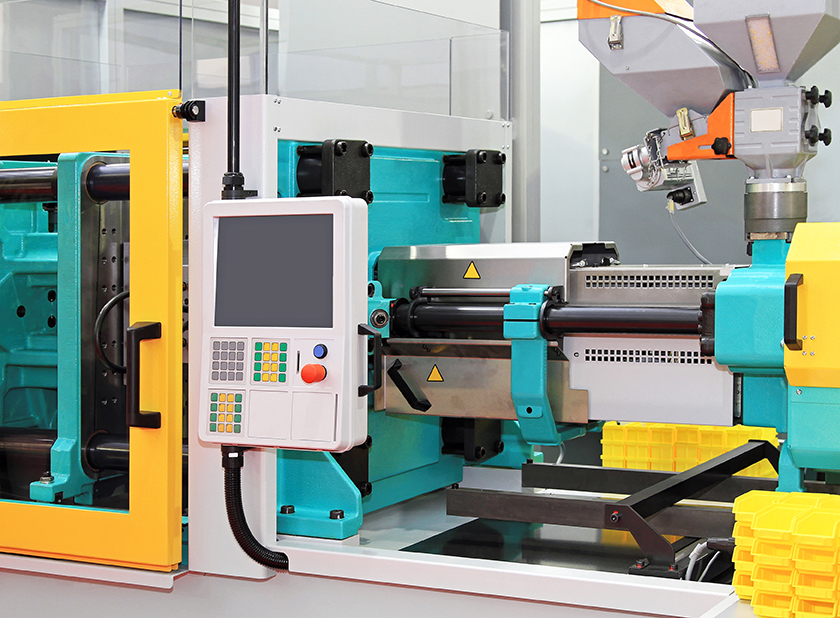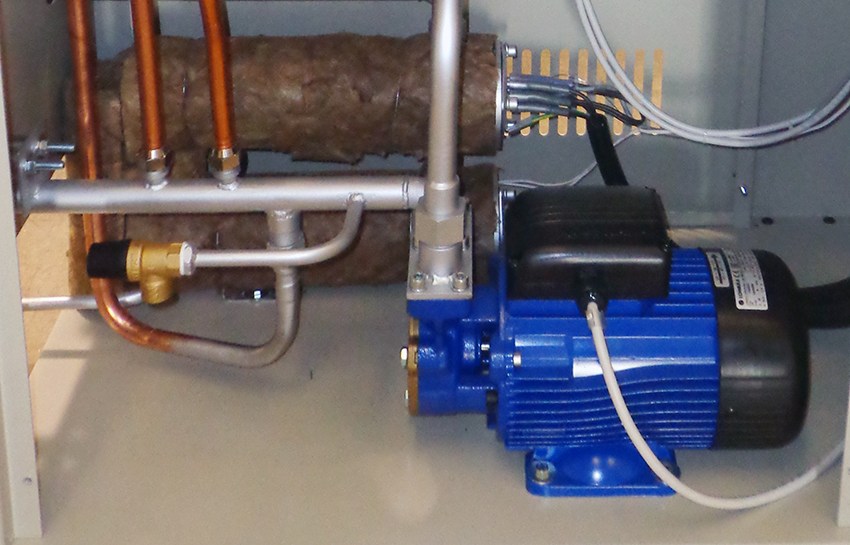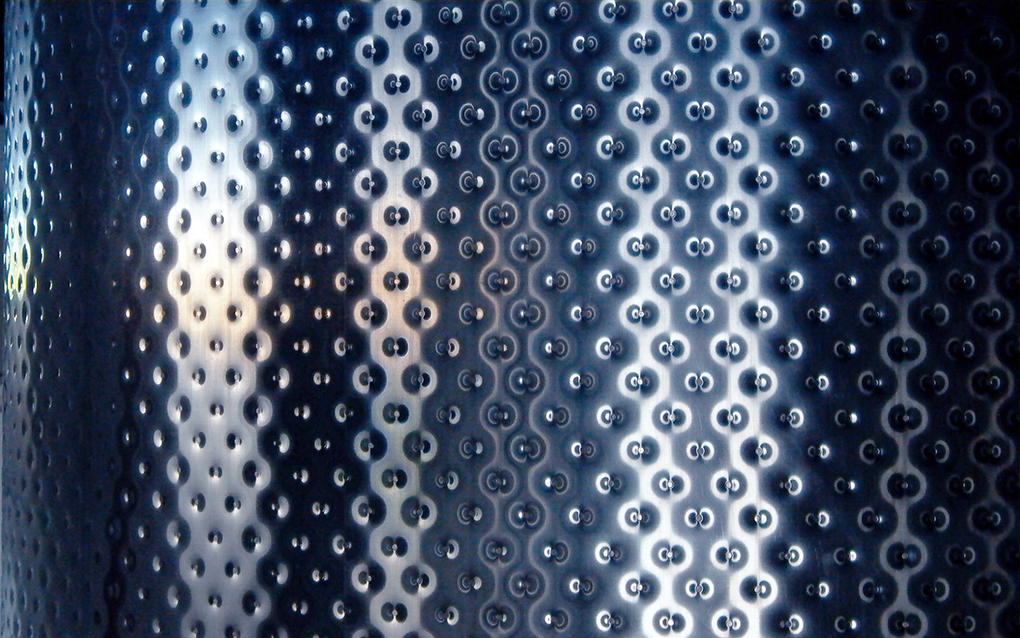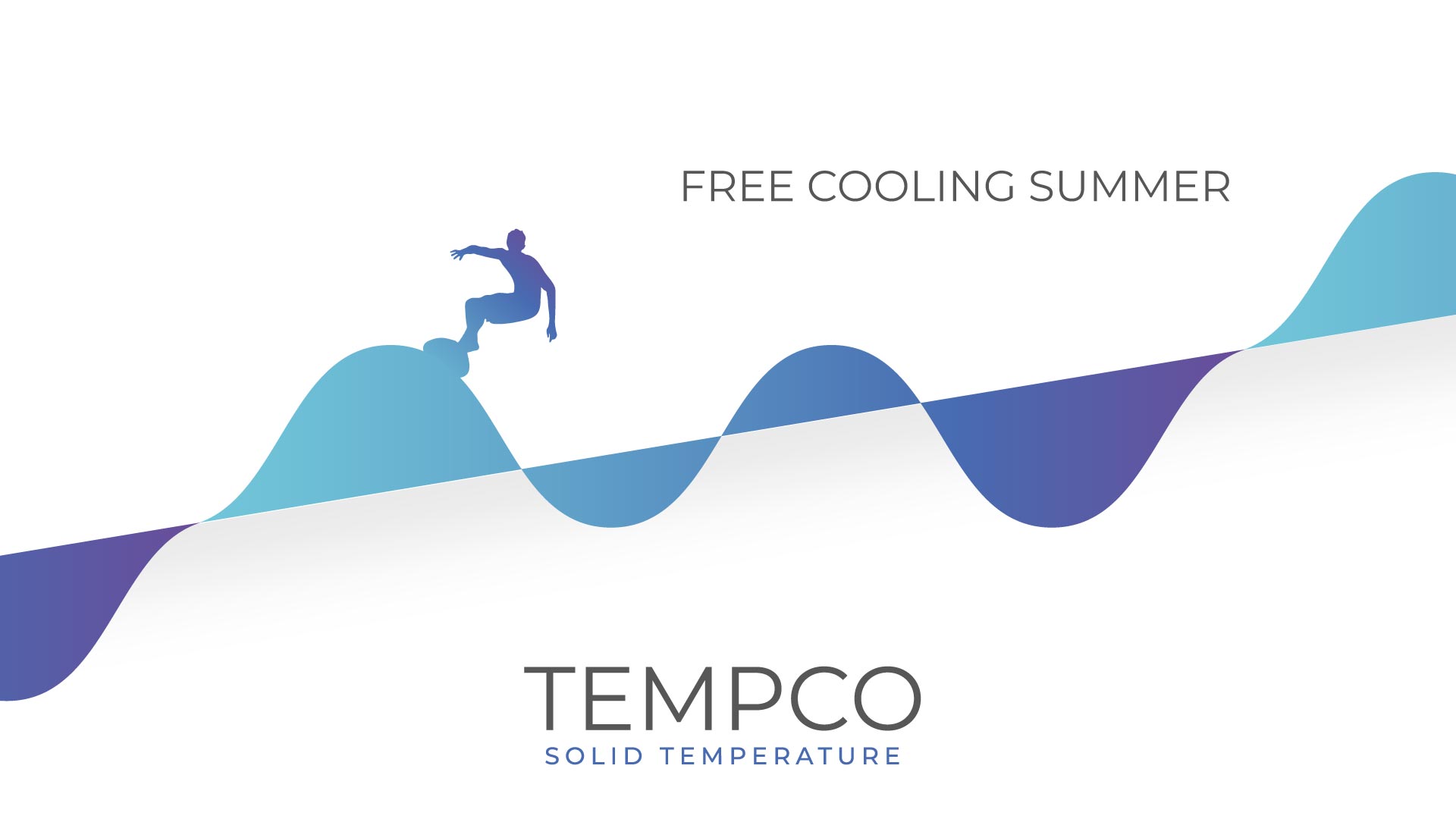We’ve shipped during the last weeks some machinery aimed for the thermoregulation of reactors, employed for chemical industry applications in the refining of precious metals. The customer was in particular looking for three thermoregulating units for pressurized water in a temperature range of -10° C and +140° C. The units have heating section with electrical resistors (4*25 KW each) and cooling circuit with a plate heat exchanger and control modulating valve.
The units are served by three air-condensed chillers, working at temperature down to -15° C. The special TREG units are equipped with control and management panel. Heaters are managed through static relays and are equipped with a remote control panel enabling remote control by the operators from the field.
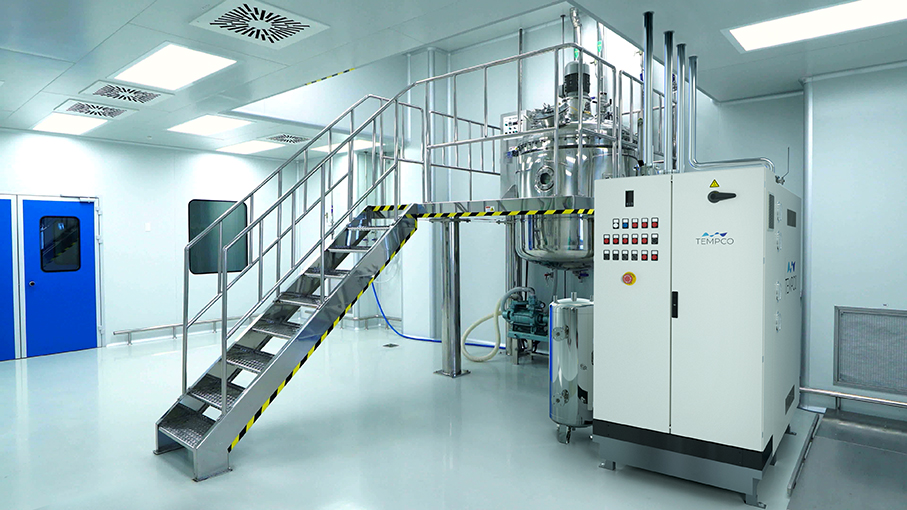
These thermoregulating units have been designed for installation in the USA, and therefore being fully equipped with UL compliant components. The customer contacted us thanks to our expertise in this kind of solutions, already having 30 similar machines installed for another Italian customer.
The new order for application in a chemical process showcases very well the ability and flexibility of Tempco in customizing thermoregulating units based on the kind of process and site of installation worldwide. In this case, the three thermoregulating units for installation within the United States have piping completely realized with pipes and materials compliant to ASME regulation, with GTAW welding, qualified welders, WPS and qualified processes issued according to ASME Section IX. The expansion tank and safety valves have been realized compliant to ASME VIII – U STAMP.
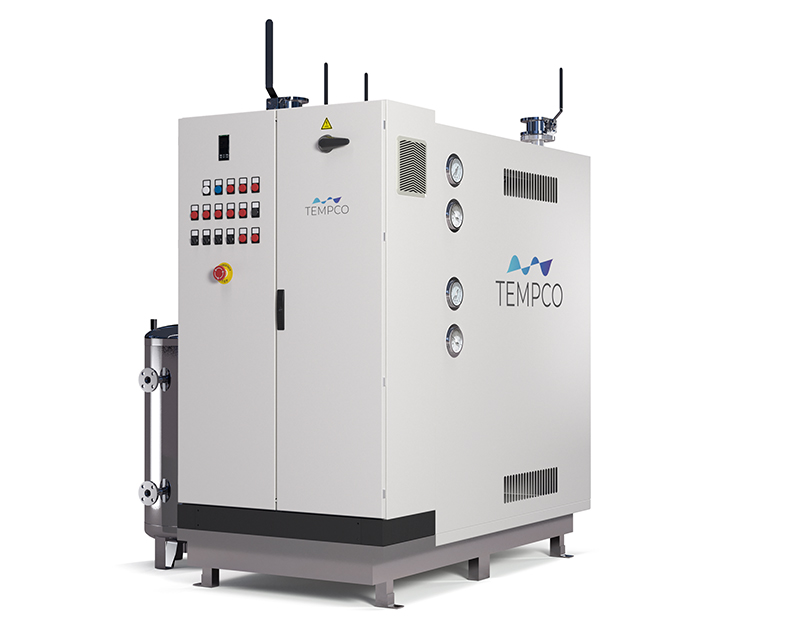
Following this commission, the customer also required a new machine with different requirements, Atex compliant and for a special project in the pharma sector. for the production of a fragrance ingredient commonly used in cosmetic products.
Subscribe here to our Tempco Newsletter – Solid Temperature.

